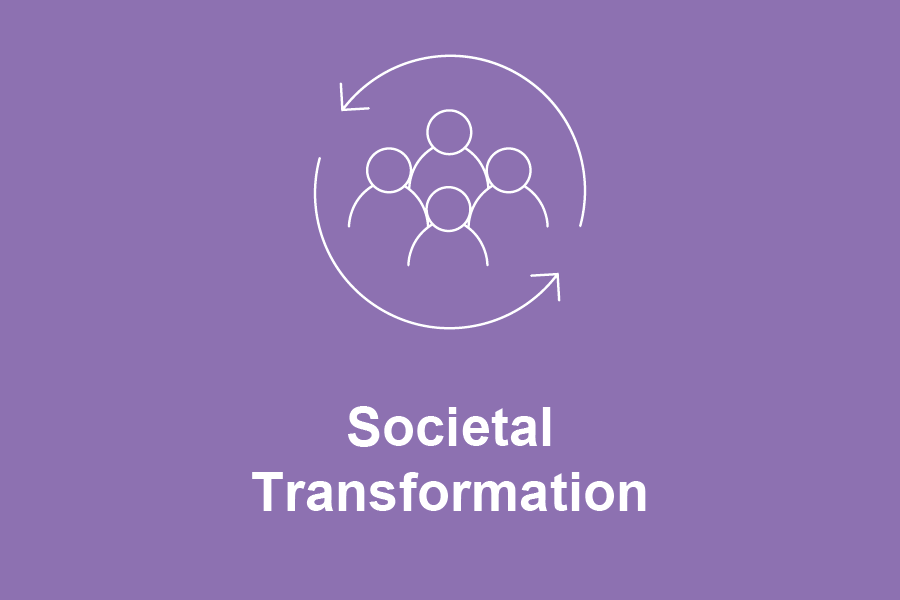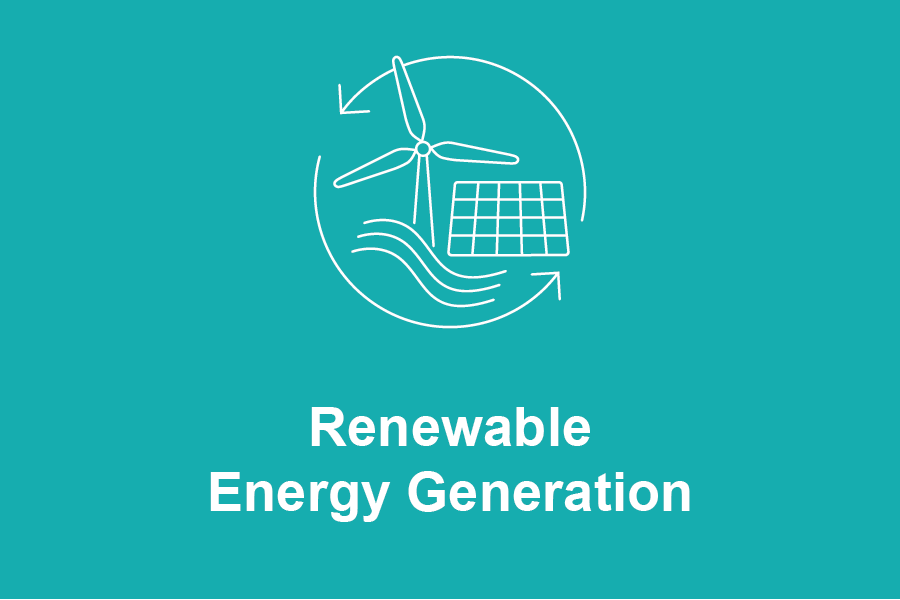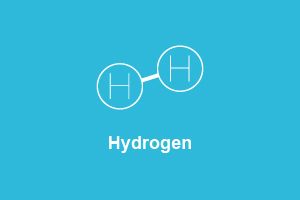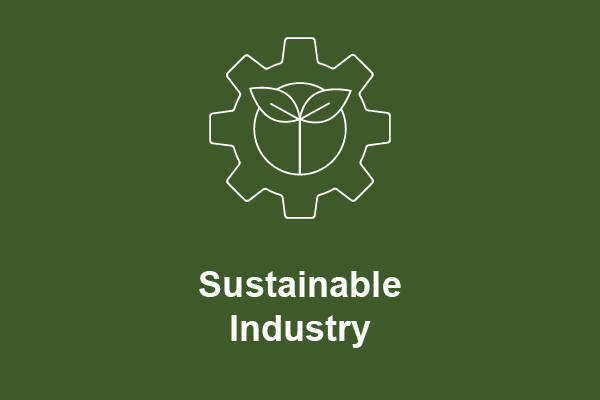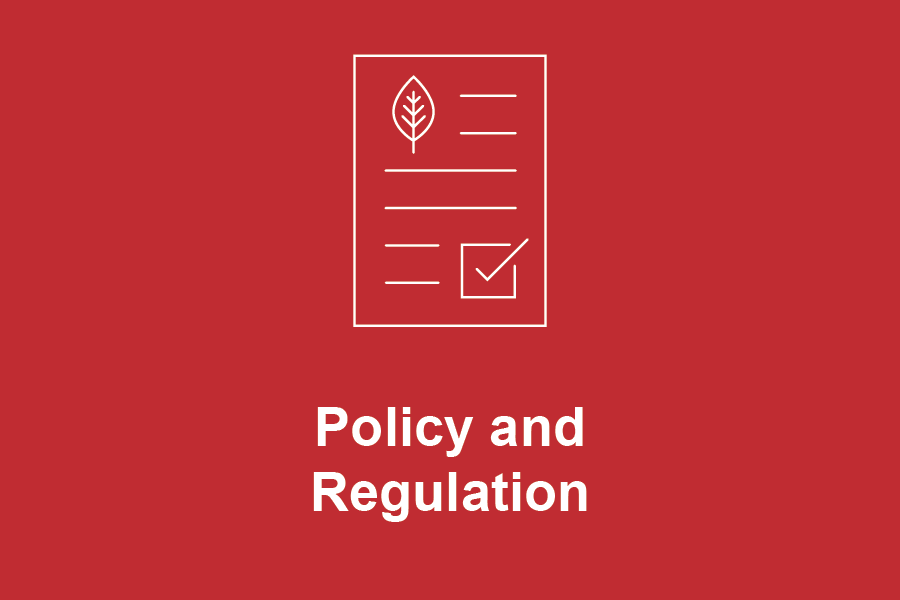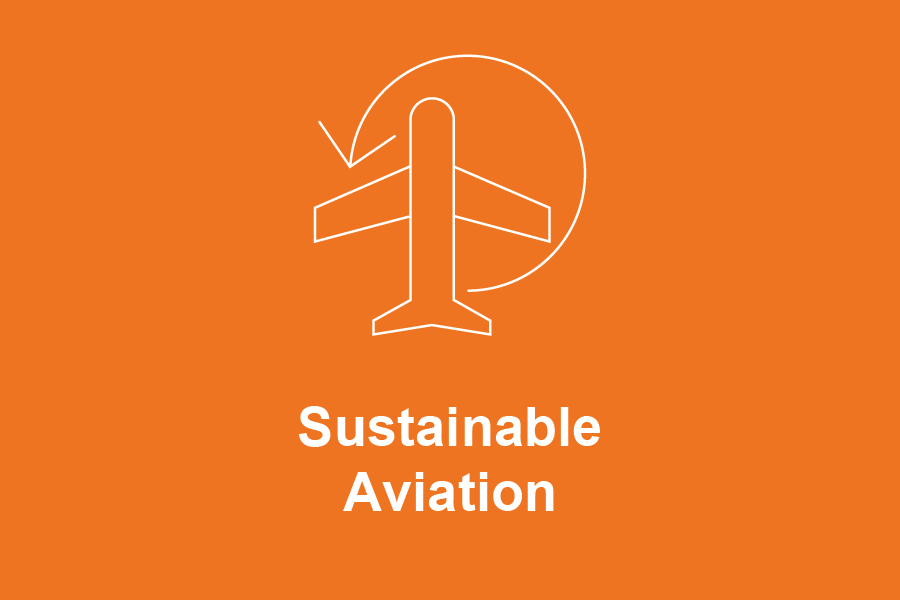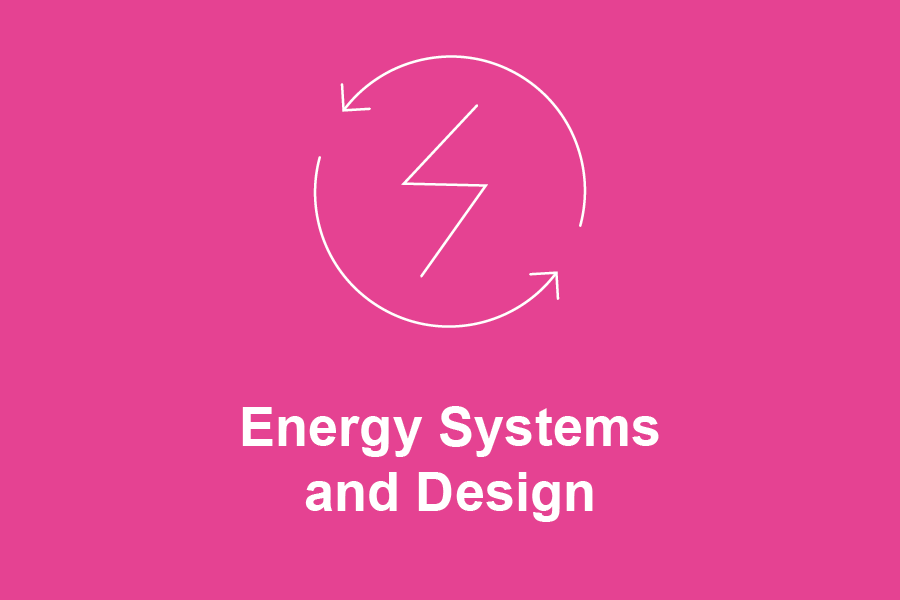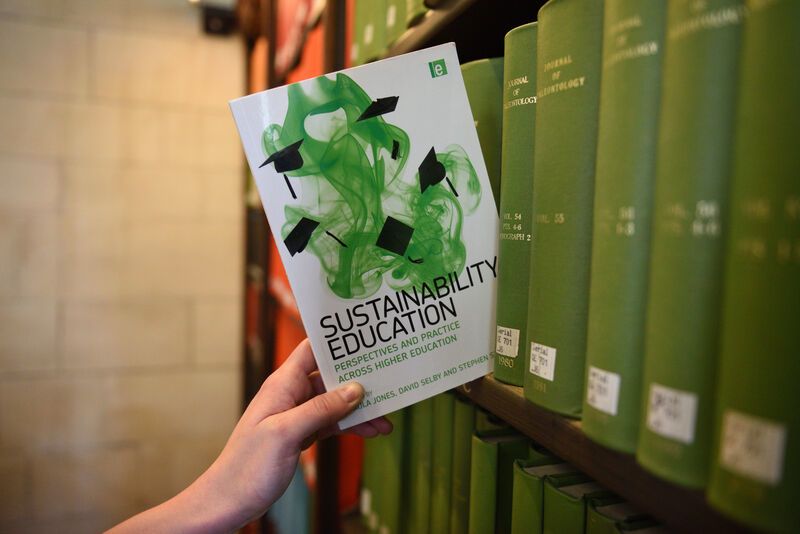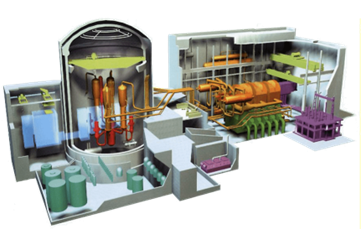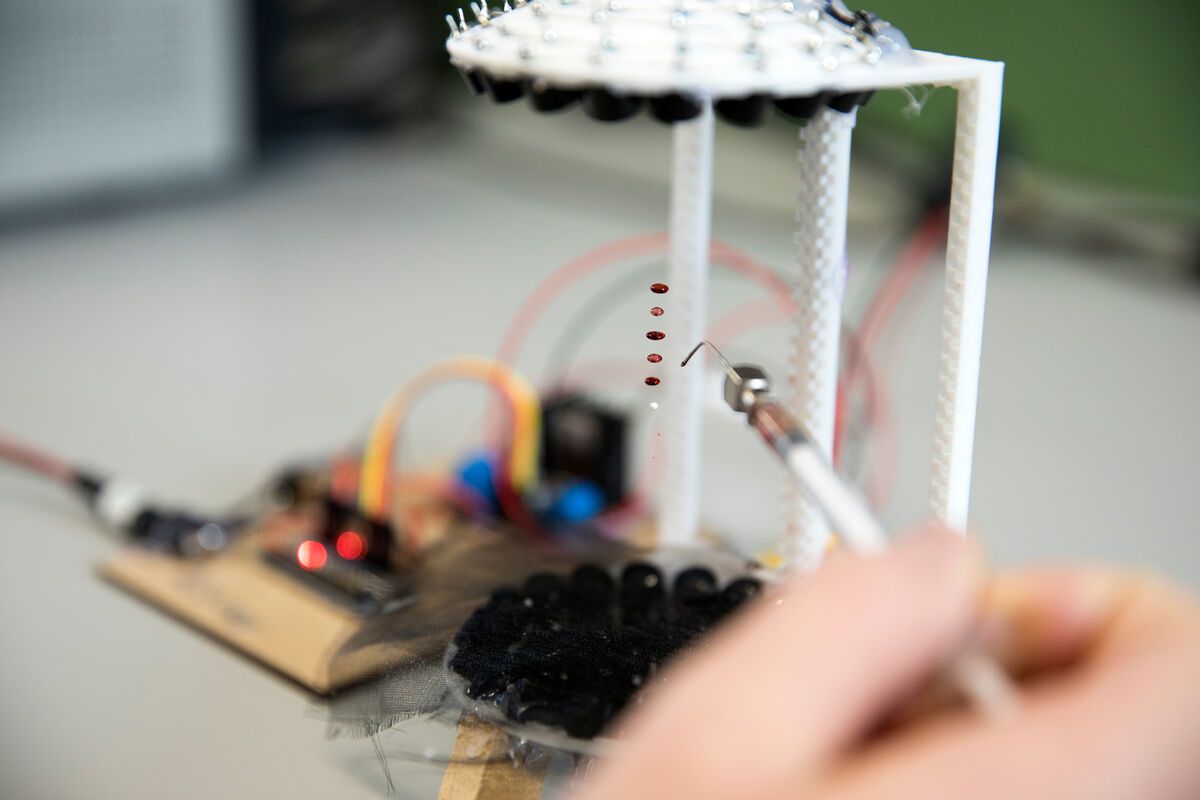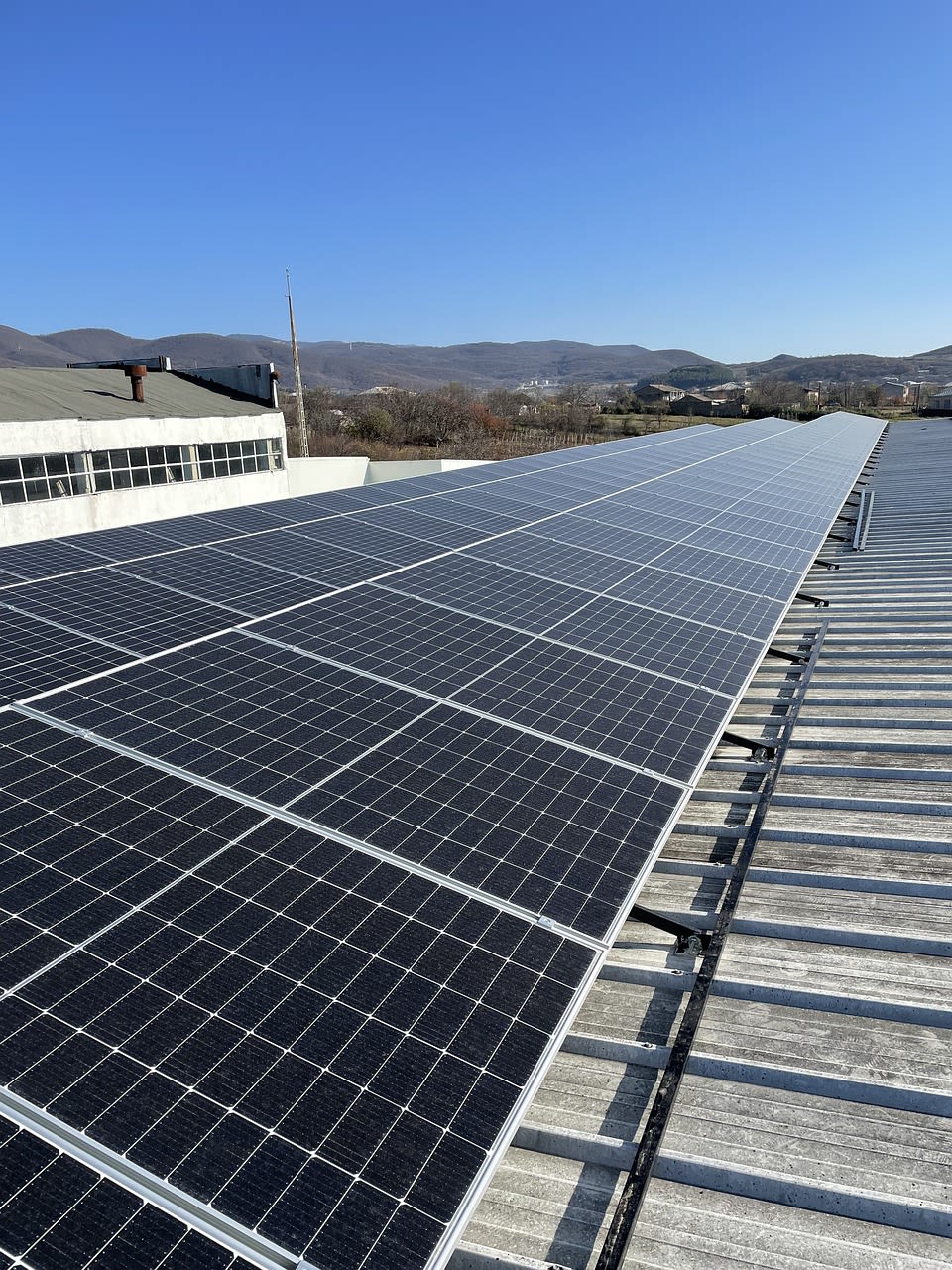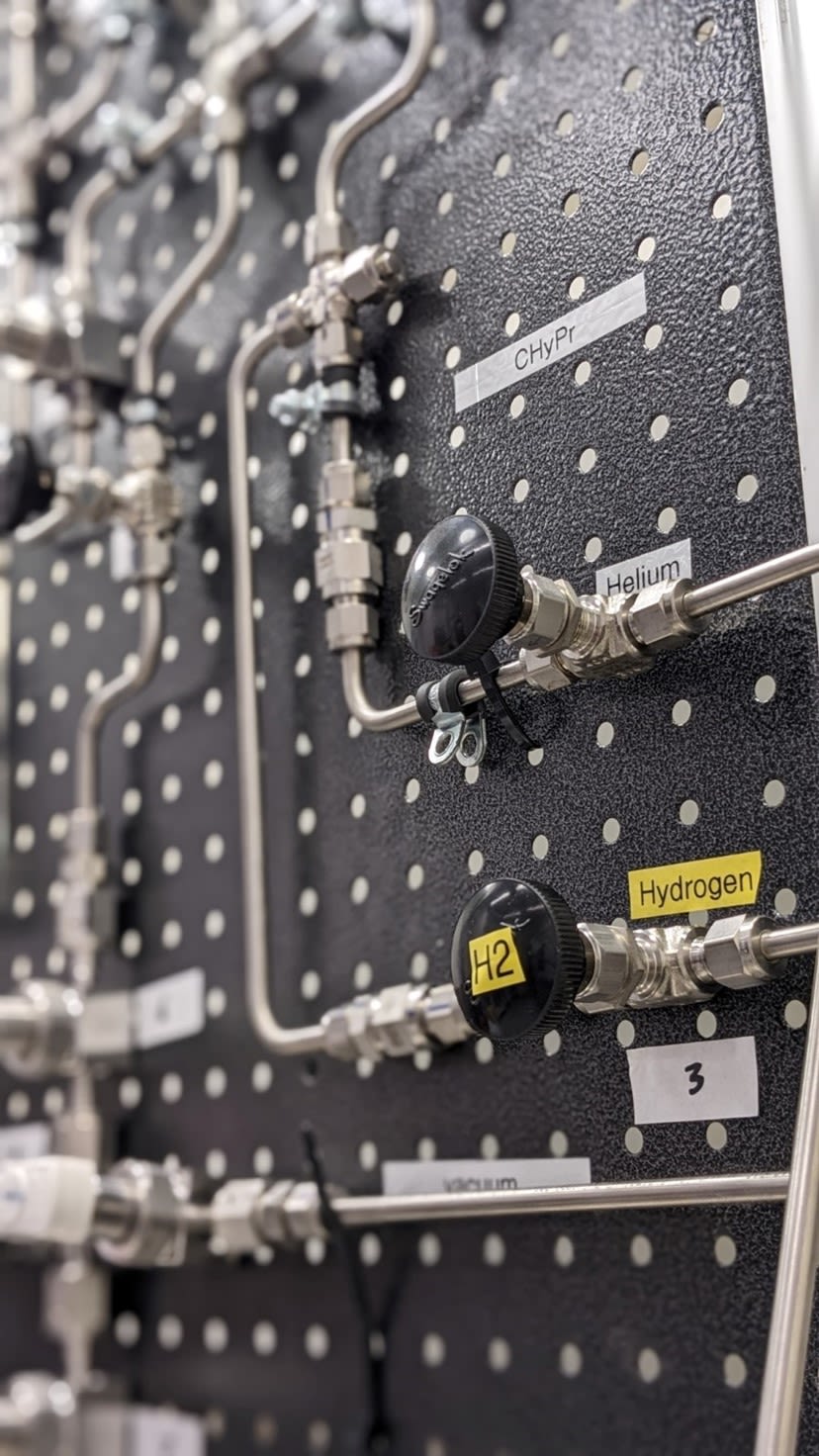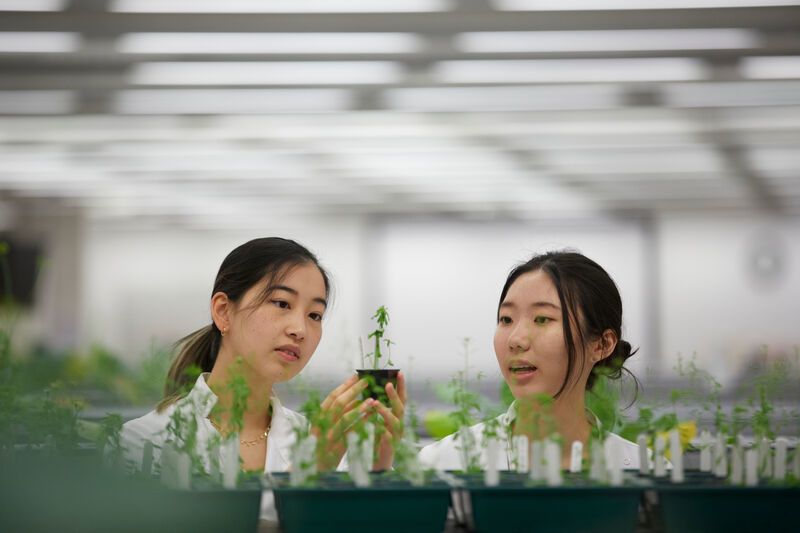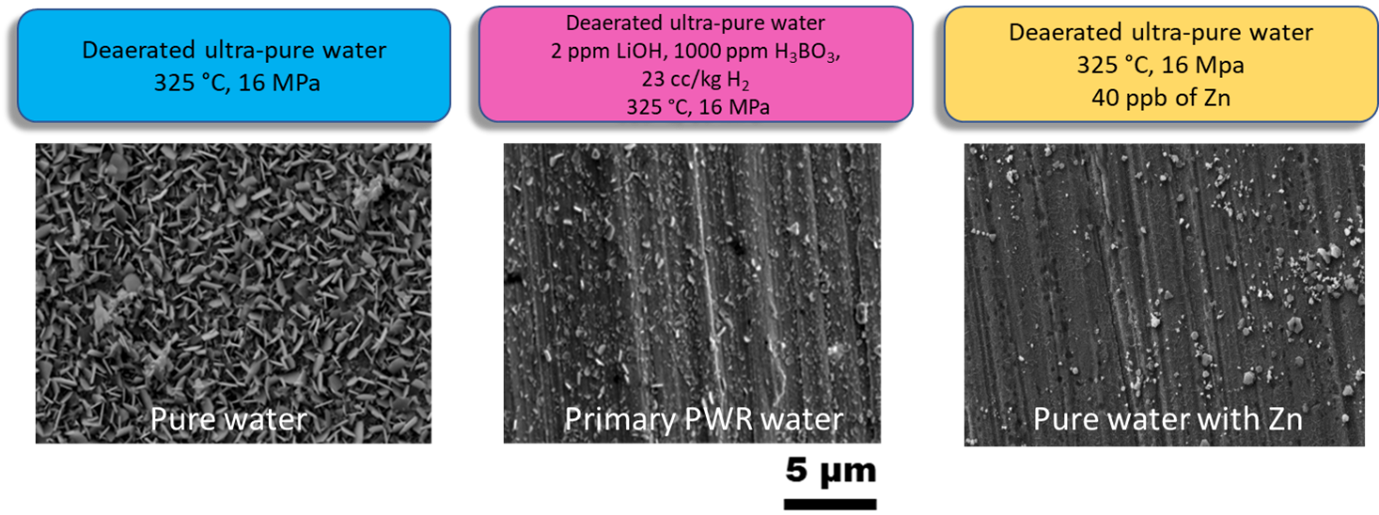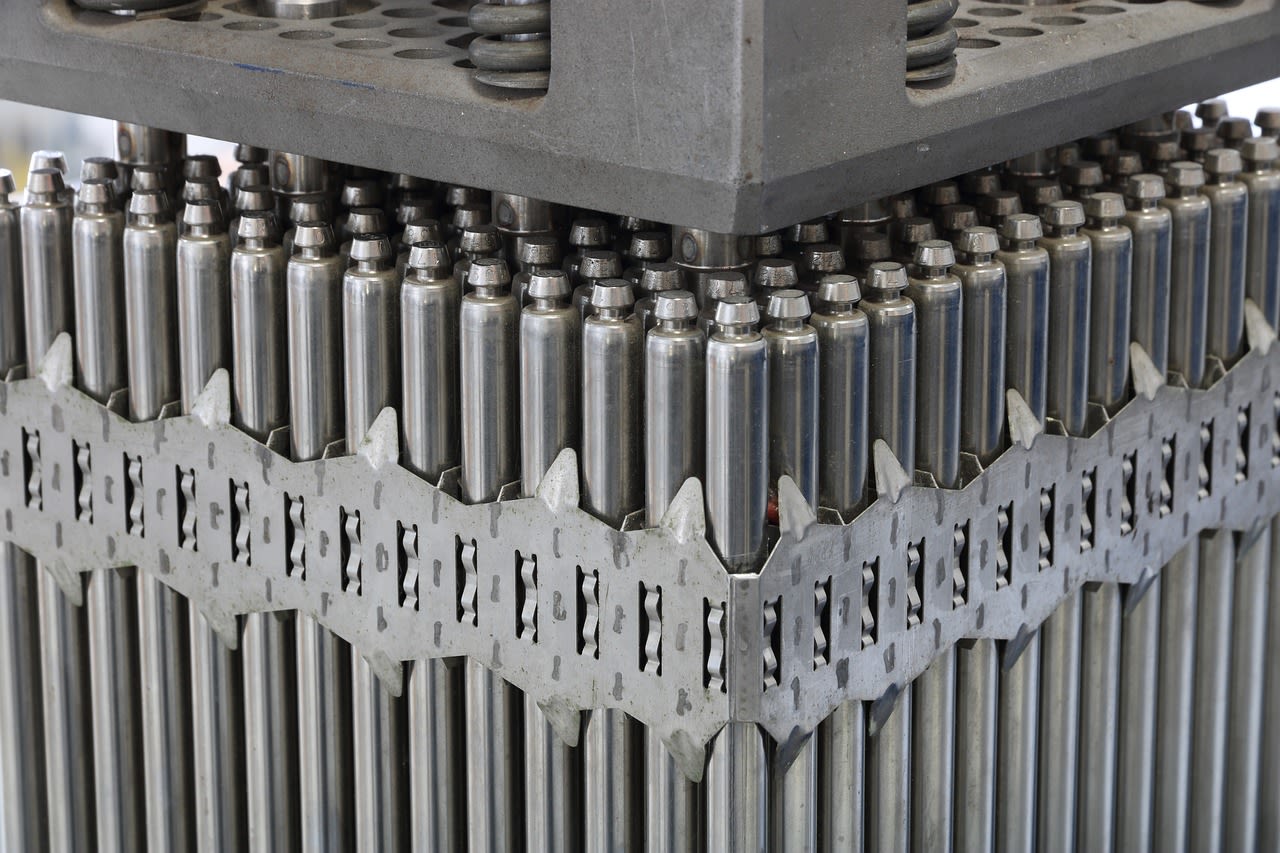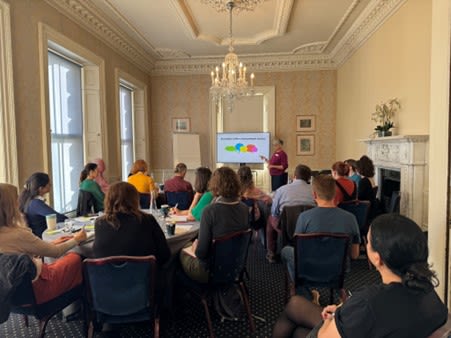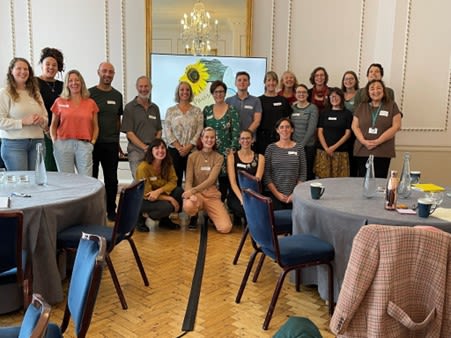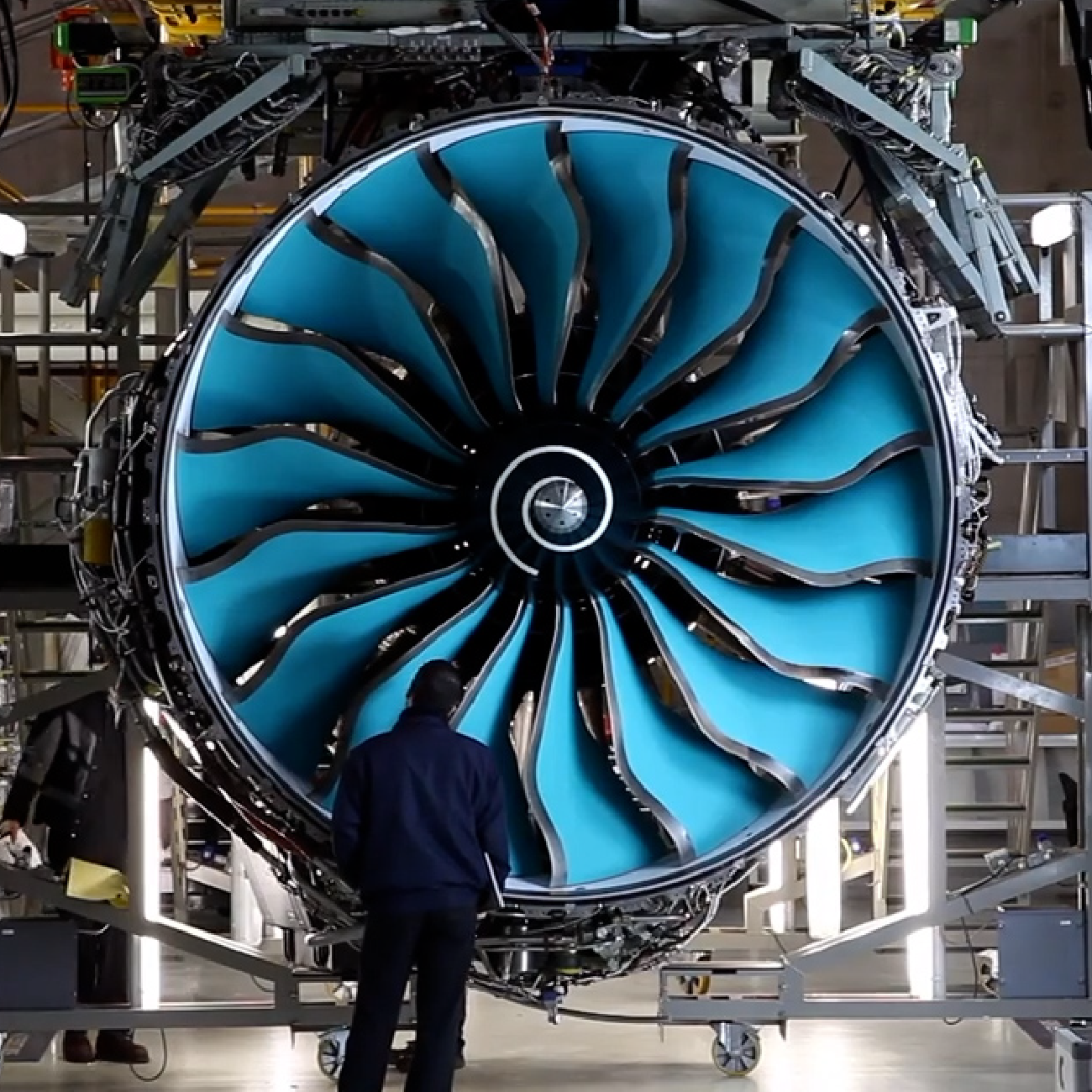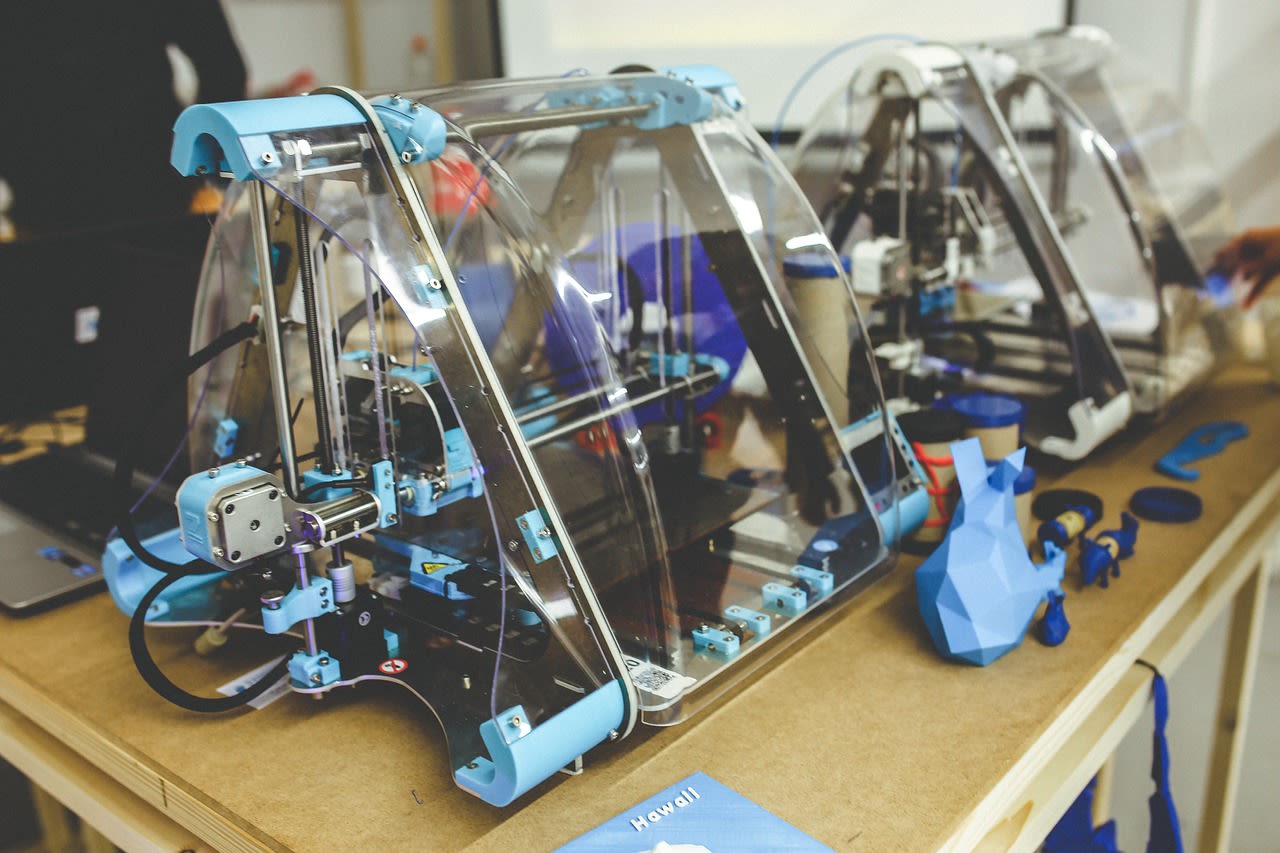University of Bristol
Net Zero Capabilities

Approaching Net Zero
At the University of Bristol, we’re tackling humanity’s biggest challenge head-on, shaping policies, changing behaviours and developing new technologies to hit net zero by 2050.
While the term itself primarily refers to reduced emissions, net zero presents an opportunity to use our research to build a better, greener future.
From cleaner transport, smart energy systems and sustainable industries, to understanding shifts in human behaviour, inclusive decision making and the justice implications of any future transition, meeting this challenge requires effort from across the disciplines.
We can’t achieve net zero alone, collaboration and partnerships are key. Together, we can accelerate progress and ensure a sustainable future for all.
Societal Transformation
Here, we’re sharing some of the work our incredible researchers are undertaking to help reach net zero.
Use the links on the right to find an overview of our research and capabilities in this area, or download the full PDF to see a comprehensive list of topics we’re working on.
Enhancing Net Zero Commitments in International Business
In response to the critical need posed by the climate emergency, a collaborative team from the University of Bristol Business School is pioneering research into how business organisations can effectively achieve net zero emissions. Our research particularly focuses on the concept of carbon transparency within businesses, dissecting it into four dimensions: publicity, comprehensiveness, clarity, and accuracy. These dimensions are crucial for understanding and evaluating the transparency of corporate actions towards carbon neutrality. Simultaneously, our research extends to examining sustainable corporate governance archetypes, involving CEOs, boards of directors, and owners, for environmental innovation, especially in traditionally 'dirty' industries.
In light of the transcending national boundaries of international business activities, we are investigating how national and regional climate change regulatory frameworks, encompassing regulatory stringency and enforcement, affect multinational enterprises' environmental sustainability efforts. The varying exposure of these enterprises to foreign markets, especially those with weak regulatory institutions, can significantly undermine the impact and effectiveness of home-country institutions, potentially allowing for regulatory arbitrage and inconsistent compliance levels. This variability emphasises the need for enhanced international cooperation and stringent enforcement to maintain environmental standards globally.
Our research also addresses current threats to climate regulation, such as populism and shifts in political landscapes, exploring strategies to mitigate their negative impact on corporate environmental sustainability.
Recently, we have been focusing on the climate impacts of the semiconductor industry within the context of techno-nationalism, while also studying its role in facilitating technological advancements that support other industries' transition to net zero. This case study underscores the complex interaction between governance, regulation, and global market dynamics in driving the sustainability agenda in international business and supply chain management.
Dr Xiaolong Shui, Business School
Materials for Net Zero
Here, we’re sharing some of the work our incredible researchers are undertaking to help reach net zero.
Use the links on the right to find an overview of our research and capabilities in this area, or download the full PDF to see a comprehensive list of topics we’re working on.
Materials Research for Net Zero – The SINDRI Prosperity Partnership
The nuclear industry faces substantial challenges in delivering cost effective technical advancements which will impact its contribution to a net zero carbon economy by 2050. SINDRI directly addresses two of these challenges, ultimately bringing forward the realisation of the UK’s intended nuclear capabilities. By building a comprehensive suite of software, the project aims to eliminate time-consuming and cumbersome human interventions, and by making these digital tools open-source, the project aims to accelerate both industry-wide processes and power plant construction.
SINDRI (Synergistic utilisation of INformatics and Data centRic Integrity engineering) is a six-year, EPSRC funded, Prosperity Partnership led by the University of Bristol and EDF - supported by a consortium of a further 8 academic and industrial partners in the UK. SINDRI is developing the digital technology required for a step-change in the design, manufacture, and in-service assessment of components for both fission and fusion nuclear power plants that will reduce the cost of future, low-carbon energy generation as part of the drive to achieve a net zero carbon economy.
The project is driving low TRL research into materials and implements data-based methods and approaches such as model reduction, data assimilation, and uncertainty quantification. This provides a framework by which researchers can utilise AI and Machine Learning to enable modelling activities that were previously impossible due to a lack of computing power or data.
This initiative, spearheaded by EDF, has been a catalyst for interdisciplinary collaboration in materials research providing a platform to accelerate the testing and deployment of innovative technologies. Furthermore, it has grown the UK’s skills and capabilities via the training and development of 19 PhD students and 7 interns in digital component assessment to support future plant design and manufacture. This concerted effort underscores the UK's commitment to nurturing a robust pipeline of expertise, poised to contribute to future net zero innovation.
Chris Truman, Lead Academic
Hadiza Mohammed, SINDRI Project Manager
Credit: EDF
Credit: EDF
Renewable Energy Generation
Towards Sustainable Solar Power Generation
Solar energy offers the cheapest source of electricity on the planet, with levelised cost of electricity in 2023 ranging between $24/MWh to $96/MWh, excluding any subsidies1. Despite the significant difference in costs, solar technologies still face important challenges in their integration to the global energy market.
Researchers at the University of Bristol are engaged in developing new sustainable technologies and strategies that facilitate the direct integration of photovoltaic systems to buildings, vehicles and infrastructure for decentralised solar power generation.
The SolPV network led by the University of Bristol, in collaboration with two other universities and three stakeholders, is aiming at scalable methods for processing light-weight and flexible thin-film inorganic photovoltaic devices. These technologies can be deployed not only over roofs, but also at facades and windows, enabling power generation in buildings and residential areas.
Creating solution-based precursors of inorganic thin-film semiconductors responsible for absorbing solar light and generating charge carriers has been key to this work. Solution processing not only offers lower manufacturing costs in comparison to vacuum based deposition methods, but also flexibility in terms of the substrate used for device fabrication (glass, steel, composites, etc)
Sustainability is a key element in our approach to solar technologies, as illustrated by the research on active inorganic materials for photovoltaic devices based on Earth abundant and non-toxic materials. For example, Bristol researchers are examining materials composed of copper, zinc, tin, bismuth and sulfur, which can replace existing technologies featuring compound semiconductors containing gallium, indium, lead, cadmium and tellurium.
Another crucial approach to embed sustainability in renewable energy generation involves recycling active components from decommissioned silicon solar panels.
In collaboration with a UK based SME, Bristol researchers are investigating processes for recovering and reusing silicon as a recycled feedstock for electronic devices. In addition, we are enhancing the understanding of UK and global solar supply chains through end-of-life and life cycle analysis, aiming to offer policy recommendations on managing vast amounts of photovoltaic waste and enable the move towards a circular economy.
Professor David Fermin, School of Chemistry
1For comparison, costs for gas power generation are between $115/MWh and $221/MWh, while nuclear ranges from $141/MWh and $221/MWh.
Hydrogen
Here, we’re sharing some of the work our incredible researchers are undertaking to help reach net zero.
Use the links on the right to find an overview of our research and capabilities in this area, or download the full PDF to see a comprehensive list of topics we’re working on.
Progressing hydrogen storage
Bristol’s cryogenic hydrogen permeation capability – Enabling decarbonization through fundamental measurements.
To decarbonise our future, we need to explore alternative fuels like hydrogen. For the aviation sector, reaching net zero is contingent on the development of cryogenic liquid hydrogen storage and distribution technologies compatible with commercial flight.
A key issue holding back progress, is that hydrogen permeability or leakage through materials at cryogenic temperatures is relatively unknown because of the scarcity of the testing facilities able to reach cryogenic temperatures and variability between current datasets. Before new materials can be developed, we must first be able to reliably determine the permeation properties.
In pursuit of Bristol’s vision of developing technologies to help us attain net zero, Dr Lui Terry partnered with the National Composite Centre to fill the gap in the UK’s measurement infrastructure and has designed and manufactured an instrument capable of testing materials for their hydrogen permeation properties at operando conditions.
The team has begun testing materials of interest, such as composites and hydrogen permeation barriers, for use in liquid hydrogen storage tanks and has also partnered with the National Physics Laboratory and Southampton University to produce a benchmarking study into the novel measurement technique.
So far, this work has supported the Aerospace Technology Institute (ATI) in developing a strategic mapping of UK testing capability and has approached the government for funding to develop a national cryogenic hydrogen material testing standards programme, with the aim of producing a standardised testing method to ultimately propel the safe certification of hydrogen technologies for industry.
Dr Lui Skytree, Bristol Composites Institute
Sustainable Industry
Here, we’re sharing some of the work our incredible researchers are undertaking to help reach net zero.
Use the links on the right to find an overview of our research and capabilities in this area, or download the full PDF to see a comprehensive list of topics we’re working on.
Sustainable Industry - Greenhouse gas emissions case study
The abatement of greenhouse gases (GHG) emissions and removal from the atmosphere is vital to our attempts to slow down, and even reverse, anthropogenic climate change. Dr Jo House and colleagues across the Bristol School of Geographical Sciences are supporting these ambitions by exploring how to ensure scientific credibility of the monitoring and reporting of GHG emissions and removals, and balancing this against related co-benefits and disbenefits of various solutions.
Work from the Bristol team identified serious concerns with forest GHG accounting methods that allowed countries to gain carbon credits, potentially worth billions of euros, for non-existent or negligible direct climate mitigation action. Instead, working with colleagues across the EU, the team developed a novel and more accurate method that incorporated a deeper scientific understanding of forestry dynamics. This method was ultimately enshrined in EU law for reference under the Paris agreement.
Beyond ensuring accuracy and credibility of carbon removal credits, the wider environmental and social impacts of different Greenhouse Gas Removal approaches such as afforestation, Bioenergy with Carbon Capture and Storage (BECCS), Direct Air Capture and Carbon Storage (DACCS), and Ocean Alkalinity Enhancement must also be assessed.
These require land, water, energy and other resources to varying degrees, complementing or competing with other sustainability objectives, especially when scaled-up. While the right solution in the right location may improve (biodiversity recovery) poorly chosen options can have devastating impacts for nearby communities and ecosystems, for example, water quality and availability.
Researchers at Bristol have therefore co-developed an evaluation framework, holistically considering GHG flux, environmental impacts, socio-economics, public perception and the potential for scale-up.
These and other projects have led to the team providing advice, guidance and co-creating outputs with various government and non-government entities, including as an author on the IPCC 6th Assessment report and methodological guidance for national greenhouse gas inventories and carbon removal protocols under the Paris Agreement. Through these outputs, the University of Bristol has played a crucial role in ensuring accountability in our efforts to turn the tide in the fight against climate change.
Moving forwards, there are ongoing rapid advancements in data availability, measurement technologies, modelling capabilities and potential new approaches to Greenhouse Gas Removals. Carbon and nature markets are also still at early stages of development, with often weak regulation. The team will continue to ensure that such science advances provide an evidence base for improving policy and practice across a range of environmental outcomes, as the world raises its ambitions towards net zero.
Dr Jo House, School of Geographical Sciences
Nuclear
Here, we’re sharing some of the work our incredible researchers are undertaking to help reach net zero.
Use the links on the right to find an overview of our research and capabilities in this area, or download the full PDF to see a comprehensive list of topics we’re working on.
Nuclear
Nuclear energy is set to become a major component of the UK’s net zero carbon economy, with ambitions for nuclear to produce 25% of UK electricity by 2050. To achieve this, new-build GW-scale reactors are being developed (Hinkley Point C and Sizewell C) as well as other planned Small Modular Reactors (SMRs).
Researchers at the University of Bristol Interface Analysis Centre (IAC) are working with EDF Energy to extend the life of these power plants, making them safer and more cost effective in the long run. The lifetime of the chosen design for these large plants – Light Water Reactors (LWRs) – is limited by stress corrosion cracking of welds and structural steels, made worse by the chemical components of the water used inside the reactor.
However, Bristol researchers have found a way to use the water chemistry to improve the integrity of these structural materials by modifying the levels of chemical components to protect against corrosion and cracking. In one case, it has been found that injecting zinc into the water (as little as 10 ppb) improves the protective oxide layer which naturally forms on structure surfaces inside the reactor and this technique has already been adopted in existing pressurised water reactors in the UK.
This work has taken place using joint UoB-NNL High-Temperature water facility, using simulations of LWR conditions which require high temperatures and pressures, as well as advanced microscopic investigation using scanning, transmission electron microscopy, various spectroscopy techniques, and atom probe tomography to analyse the newly formed, modified protective oxide layer.
Moving forwards, we will continue to advance these aims by optimising operational strategies for the new reactors coming online (Hinkley Point C, Sizewell C and fusion reactors) and exploring different reactor water chemistries.
Tomas Martin, School of Physics
Tom Robinson, South West Nuclear Hub
Effect of LWR water chemistry on the protective oxide morphology in austenitic stainless steel (scanning electron microscopy micrograph)
Effect of LWR water chemistry on the protective oxide morphology in austenitic stainless steel (scanning electron microscopy micrograph)
Effect of Zn injection on the oxide thickness in steam generator tube (focused ion bean and scanning electron microscopy)
Effect of Zn injection on the oxide thickness in steam generator tube (focused ion bean and scanning electron microscopy)
Effect of Zn injection on the oxide thickness in steam generator tube (focused ion bean and scanning electron microscopy)
Effect of Zn injection on the oxide thickness in steam generator tube (focused ion bean and scanning electron microscopy)
Policy and Regulation
Here, we’re sharing some of the work our incredible researchers are undertaking to help reach net zero.
Use the links on the right to find an overview of our research and capabilities in this area, or download the full PDF to see a comprehensive list of topics we’re working on.
Just Transition in the Bristol Environment Sector
There’s a stark dissonance between those who worry about climate change, those who will be most affected by its impacts, and those who get to make decisions around just transition issues such as green transport, retrofitting housing stock, low emissions zones, and heatwave preparedness.
A just transition is a move to a low-carbon society that is green, sustainable, and socially inclusive. Sometimes just transition is explicitly linked to achieving net-zero, but the concept usually has broader ambitions: a focus on creating a more fair and equal society.
Bristol was the first UK city to promise a ‘fair and inclusive’ transition in 2020. Since then, many UK cities have followed suit. Although the city-level pursuit of a just transition is a recent development, the ambition for fair climate policy has a long history that has faced significant problems of diversity and inclusion.
The environmental sector is notoriously one of the least diverse, with only 3.5% of those working in environmental jobs identifying as being from a minority ethnic group (Laville, 2021). In addition, the climate change movement is seen as a middle-class preoccupation (Lanigan, 2019) even though 39% of UK working class voters experience climate anxiety, only slightly below the 42% of middle-class voters.
Our 2021 study on just transition and decision making in Bristol, found that there is a lack of inclusivity in local climate decision making and an urgent need to diversify who participates in decisions around just transition. We also noted that there was confusion among local stakeholders about how to better include and engage those who have been typically excluded from policy spaces. Our study was met with great interest by environmental sector workers, and we were inundated with requests for help with revising policies and procedures.
We have now partnered with the Diversity Trust to create bespoke workshops and away days for policy makers, focusing on themes such as: how two write an inclusive job advert, how to chair a meeting where everyone is heard, and how to ensure a diverse membership.
We are also partnering with Beeston Media to produce a series of short videos on key concepts and takeaways from these workshops that can be used by organisations in the environment sector to guide their decision making.
Resources for individual policy groups or initiatives are often inaccessible due to financial and time restraints, so offering workshops and videos for multiple policy makers from different institutions is a welcome change of pace.
As a result of this project, we expect to see an improvement in how just transition is implemented in Bristol.
Dr Alix Dietzel, School of Sociology, Politics and International Studies
Dr Alice Venn, Law School
Sustainable Aviation
Here, we’re sharing some of the work our incredible researchers are undertaking to help reach net zero.
Use the links on the right to find an overview of our research and capabilities in this area, or download the full PDF to see a comprehensive list of topics we’re working on.
Adapting aviation for sustainable hydrogen power – Bristol’s contribution to FlyZero
In pursuit of Bristol’s vision of a more sustainable future for aviation, three University of Bristol Aerospace Engineering academics teamed up with over 130 aerospace engineers from industry and academia to explore the design of future hydrogen powered commercial airliners. This UK-wide project, known as FlyZero, sought to comprehensively explore the conceptual design space of aircraft which replace traditional fossil fuel with clean burning hydrogen.
The Bristol team was invited to join the effort as experts in optimal design and adaptive aircraft structures which can morph their shape in real time to continuously optimise flight performance. They designed and analysed morphing trailing edge devices based on Bristol’s biologically inspired Fish Bone Active Camber (FishBAC) concept, and found that this design can provide a significant increase in fuel efficiency for hydrogen aircraft, while taking advantage of the space created by moving the fuel from tanks inside the wings to pressure vessels inside the body of the aircraft.
By adapting the wing shape in real time, in a manner reminiscent of nature’s flyers, the aircraft is able to respond to changing flight conditions and aircraft weight to continuously optimise aerodynamic efficiency, reducing the fuel burned.
The FlyZero project has helped show the way forward for hydrogen aviation, but the complexity and highly multi-disciplinary nature of this problem has also inspired the Bristol team to dig deeper into biologically inspired and integrated design approaches within ongoing research projects.
Dr Benjamin King Sutton Woods, School of Civil, Aerospace and Design Engineering
Electrical Systems and Devices
Here, we’re sharing some of the work our incredible researchers are undertaking to help reach net zero.
Use the links on the right to find an overview of our research and capabilities in this area, or download the full PDF to see a comprehensive list of topics we’re working on.
The Electrical Machine Works
Exploiting the design freedom of Additive Manufacturing to improve electrical machine power-density and efficiency, in pursuit of Carbon Net Zero.
Electrical machines are at the heart of the electrification agenda as they provide an efficient means of transferring energy between electrical and mechanical domains. However, demanding applications such as high-end automotive, off-highway and aerospace require power-densities (kW/kg) of between 9 and 25 kW/kg by 2035, as set out by the Advanced Propulsion Centre (APC) and Aerospace Technology Institute (ATI). This represents a stark 5-fold increase over the present state-of-the-art and must be achieved whilst maintaining efficiencies above 96%.
For a given power, the mass and volume of an electrical machine is ultimately limited by the internally generated losses, manifesting as heat, and the temperature rating of the electrical insulation materials. To achieve step changes in power-density, we need to simultaneously meet three design targets:
- improve efficiency such that less heat is generated,
- adopt new electrical insulation materials with higher temperature ratings, and
- enhance thermal management to extract remaining excess heat.
However, engineers are hitting the limits of conventional manufacturing techniques with only incremental improvements being made.
The Electrical Machine Works led by Dr. Nick Simpson as part of their UKRI Future Leaders Fellowship, aims to address this problem by taking advantage of the unparallelled geometric freedom of metal Additive Manufacturing (AM) also called 3D printing, to unlock novel design possibilities.
The highly multi-disciplinary team designs the new software design tools necessary to exploit metal AM, builds and characterises components to understand limitations of the fabrication process and resulting material properties, develops post-processing techniques for surface finish improvement and application of high-performance electrical insulation coatings, all to demonstrate the viability of meeting the three design targets and to showcase the potential for disruptive change in power-density and efficiency.
Alongside academic collaborations, the team works closely with industry partners across metal additive manufacturing and electrical machine manufacturers (automotive and aerospace) to drive adoption of the technology and bridge knowledge gaps in this rapidly evolving field.
Dr Nick Simpson, School of Electrical, Electronic and Mechanical Engineering
Energy Systems and Design
Here, we’re sharing some of the work our incredible researchers are undertaking to help reach net zero.
Use the links on the right to find an overview of our research and capabilities in this area, or download the full PDF to see a comprehensive list of topics we’re working on.
Supergen Energy Network Hub / Energy Systems and Disruptive Weather
The Supergen Energy Networks Hub is a £9M research project funded by UKRI EPSRC that brings together collaborative teams from industry, academia, government and civil society to carry out highly impactful, interdisciplinary research on energy networks.
The project takes a mission-based approach across four work packages – risk and resilience, markets and regulation, policy and society, and digitalisation – to enable energy networks to become a driving force towards a rapid, safe and just transition to net zero.
This whole systems approach recently led to a major study in collaboration with the Met Office in which clear links between high-risk weather patterns and pattern transitions and power outages in the United Kingdom were identified.
The study, published in Nature, showed that winter weather patterns characterised by high wind speeds and high precipitation volumes are responsible for many instances of power outages caused by wind and gale and lightning strikes. They also discovered weather patterns with moderate to high snowfall are often linked to power outages caused by snow and ice.
These links could be used to develop a weather pattern-conditioned fault forecasting tool for distribution network operators to better predict and prepare for disruptive weather. As a result, this work will reduce vulnerabilities and minimise the impact of power outages to ensure a resilient and reliable energy infrastructure.
Dr Laiz Souto de Carvalho, School of Electrical, Electronic and Mechanical Engineering
Get in touch with us at uob-netzero@bristol.ac.uk to find out more about how you can work with the University of Bristol.
